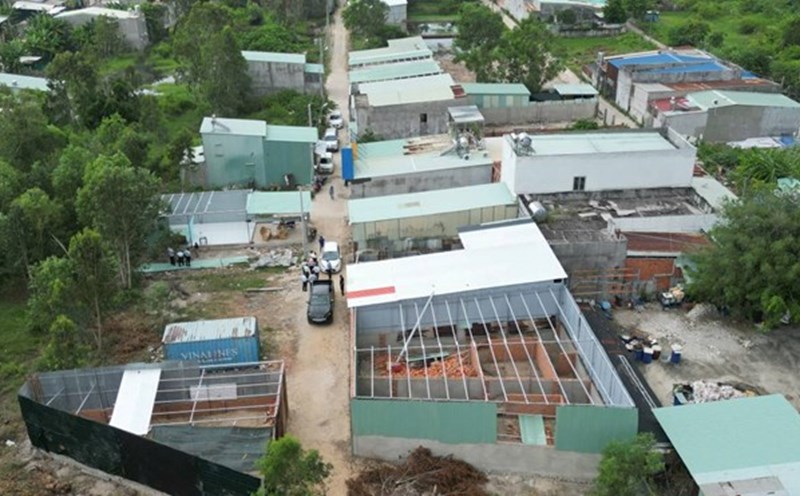The Department of Home Affairs of Hue City has just sent a document to the People's Committees of communes and wards requesting the review and reporting of the quantity and quality of the team of cadres, civil servants and public employees at the commune level.
The goal is to assess the current situation of the grassroots team after the city operates a 2-level government model, focusing on professional qualifications, public service capacity and job positions.
And the results will be the basis for developing a training plan, at the same time advising on arranging and re-arranging personnel in accordance with task requirements, associated with implementing staff streamlining according to regulations.
Previously, Hue city was also one of the first localities in the country to develop a civil service exam plan at the commune and ward levels.
In fact, after nearly 2 months of operating the 2-level local government apparatus, it shows that, in addition to the bright spots, many positive results in localities have been recorded and reflected, there are still some shortcomings, especially the quality of human resources at the commune and ward levels, causing the effectiveness of serving people in many localities to not meet the requirements.
In that context, it is timely and necessary for Hue city to proactively review the number and quality of commune-level cadres, civil servants and public employees to assess the current situation for testing, training and rearrangement at this time.
Reviewing will help accurately assess the current situation, clearly identify who can do the job, who needs additional training, who is no longer suitable... to have a basis for standardizing the team of civil servants.
From this result, if we need to continue to streamline or replace cadres, it will both ensure work efficiency and show fairness and impartiality in evaluation.
Another problem is that the Ministry of Home Affairs is doing an unprecedented task of selecting 34 cadres with capacity, qualifications, enthusiasm, and responsibility to bring to the locality, supporting provinces and cities for 3 months to implement 2-level local governance.
In parallel, many localities, most recently Da Nang, have organized to send volunteer students in the IT industry to support the application of IT technology and digital transformation in wards and communes in the city.
These are very timely support moves from the Central Government to localities for the ward and commune apparatus. However, support like this is still just an immediate solution, only giving short-term results.
In the long term, localities and wards cannot rely on external resources but need to rely on their on-site human resources by proactively continuously assessing, training, upgrading, and standardizing the team of civil servants. And if necessary, boldly replace and recruit new employees to meet the job requirements in the new period.
Reviewing, testing, and standardizing civil servants is the only way to ensure that the new apparatus of the commune and ward levels is both compact, streamlined, and operational, serving the people more effectively and efficiently as the goal set by reform.












